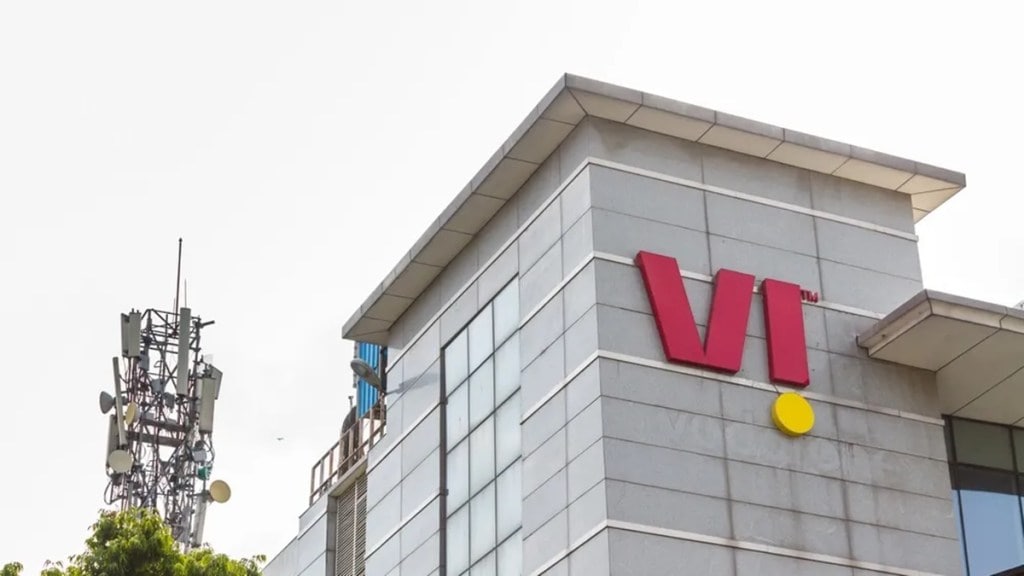Vodafone Idea, which continued to lose subscribers in the September quarter despite investments in 4G capacity and coverage expansion, expects to see a turnaround in the trend by the end of the fiscal, the management said at the earnings call on Thursday.
The telco lost 5 million subscribers sequentially in Q2FY25, including 800,000 4G/5G subscribers.
The struggling telco deployed a capex of Rs 1,360 crore to beef up its 4G capacity by 14% and population coverage by 22 million in the September quarter. It has earmarked Rs 8,000 crore as capex for the rest of the fiscal.
“As we make these investments, which will be based on new supplies and the impact of that (investment) is more pronounced, and with us coming out of some of the subscriber losses in the quarter gone by, which is also the impact of the tariff increase, my gut feel is that by the end of the financial year we should have turned around the trajectory. This is the expectation though it is difficult to give an exact timeline,” Akshaya Moondra, chief executive officer, Vodafone Idea, said.
He added that the company has already started seeing improvements on key metrics in areas where the investments have been made. However, “at this point they do not convert to an increase in revenues or reducing the loss of subscribers”.
Moondra also said that while with every subsequent price hike, the trend of sim consolidation reduces, this time Vodafone Idea was affected by the migration of customers to BSNL. All three private telcos undertook tariff hikes in July this year. Vodafone Idea hiked its consumer-facing tariffs by an average of 16% across prepaid and postpaid services.
“BSNL has been a beneficiary this time, which has not been the case in the past. However, we have seen the impact reversing quickly from August to September, September to October, and October to November. In some way, we are inching towards the position that we were in before the tariff increase,” he added.
He also pointed out that not all the price hike has reflected in revenue increase since the government, enterprise and machine-to-machine segments did not see any price increase. The full impact of the consumer-facing price hikes is expected over the next two quarters.
Vodafone Idea was also the only private telco to see a dip in per capita data consumption during the quarter, though both Bharti Airtel and Reliance Jio showed muted growth on the front. Moondra attributed Vodafone Idea’s performance on this metric to higher data consumption on 5G networks of competitors.
“One of the major reasons for this is that is that the consumption of data on 5G networks is increasing and there is a lot of free data available on 5G. One is that data is not subject to any limitation so the consumption will be higher. Secondly, we know that for streaming, for the same usage pattern, consumers will see higher consumption of data on 5G,” he said.
Moondra maintained that further tariff rationalisation will be required across industry players to realise returns on capital invested, though it may not be possible to a great extent in entry-level plans. Thus, tariff hike patterns and tariff structures will need to change to charge higher for higher consumption and usage.
“Secondly, I would say that since 5G consumption is increasing and 5G consumption starts getting metered and charged, that itself will provide some opportunities that higher consumption you can charge higher,” Moondra added.
He also said that the company, along with its promoters, is actively engaged in conversation for debt funding to service a capex of Rs 50,000-55,000 crore over the next three years, though he did not give details on what stage these conversations had reached, or when the company expects to close the funding.


